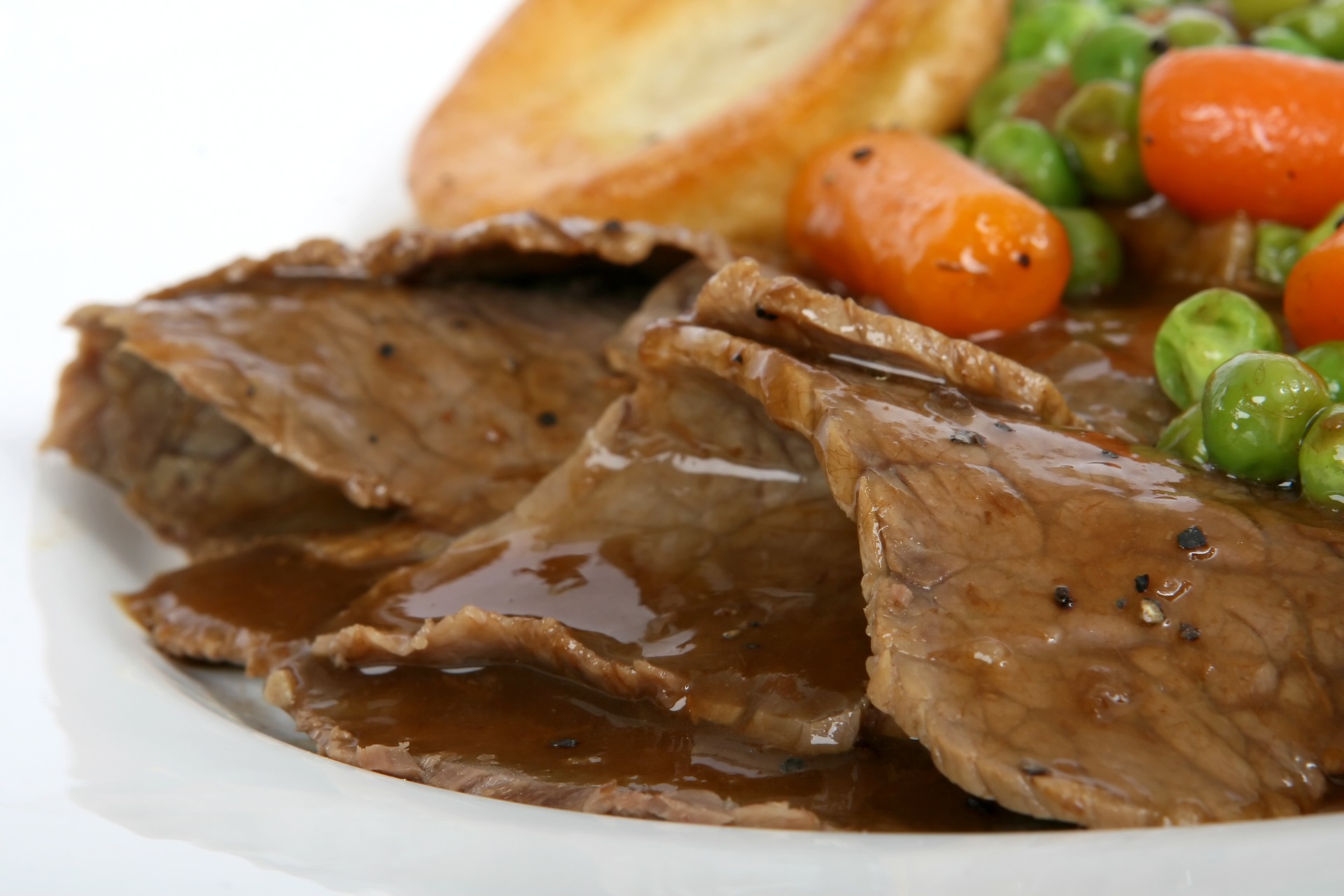The news that Quality Meat Scotland (QMS) has launched a campaign to boost the popularity of traditional roast meat should come as no surprise to anyone involved in the beef industry. The change in dining patterns has evolved so much over the past few years that there seems to be no place for the traditional roast dinner in a lot of families. Statistics recently published by grocery consumer experts Kantar Worldpanel showed that 157 million fewer roast dinners were cooked in the UK last year.
The reasons why were not hard to find as surveys also revealed that half of UK adults living with their family or other people in the same house, never sit down to daily meals together with 64 per cent regularly watching television while eating. Other eating time activities involved scanning the internet, emailing and texting on phones, tablets or computers.
So it would seem that time spent in front of a screen is becoming more important than the traditional time spent in conversation around a table which was commonplace a few years ago and along with that change comes a shift in what we eat at mealtimes.
The QMS advertising campaign is aimed squarely at 8.2 million of those consumers with higher than average disposable incomes and Scotch Beef with its provenance, flavour and integrity is the main focus with the hope that it will be first choice with shoppers.
However, will all of this advertising on TV, radio, social media and in the press really be worthwhile given this huge shift in eating patterns? The answer must be that QMS will have done their research, know their markets and the expected results of such campaigns and Scottish beef farmers will trust them to sell their produce effectively.
In the longer term though, this change in consumer habits must be a worrying trend for everyone involved in the red meat production chain … or is it? Surely the facts show a changing pattern in consumption, but not a change in how much we eat? Instead of eating a roast dinner, why don’t we simply mince the beef, make a burger and put it into a sliced bun?
If only the answers to these questions were quite so simple, then there would be less need for such an extensive advertising campaign with its associated high costs to the beef industry. The real reasons are that beef comes from many different parts of the animal and the parts which don’t go for steaks and roasts are the ones which get made into burgers … and there’s already plenty of this type of beef for the mincer.
The bottom line must be that the change in the way we eat will have a real effect on what we eat and when we eat it. In the long term there could well be less demand for roasting meat and more customers looking for quicker and so-called “easier” options. There will be an effect on everyone in the food chain and right from the field to the fork nobody can afford to ignore these changes, or if they do then there will be consequences to their businesses. Farmers will have to be even quicker than ever to adapt and change production to suit changing consumer habits and the processors will have to be more innovative in the ways they deal with raw products for their customers.
However, livestock farming is a long-term business and animals being bred now will not be sold until mid-2019 which means that farmers have all of the above to contend with, as well as life and business in a world after Brexit. But then … nobody ever said that farming was an easy way to make a living!
This column first appeared in The SPP Group of newspapers on 6th April 2018.
